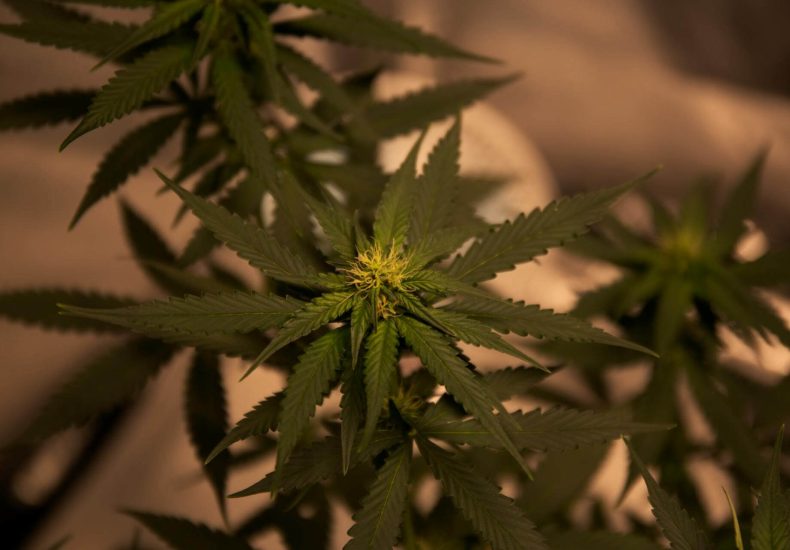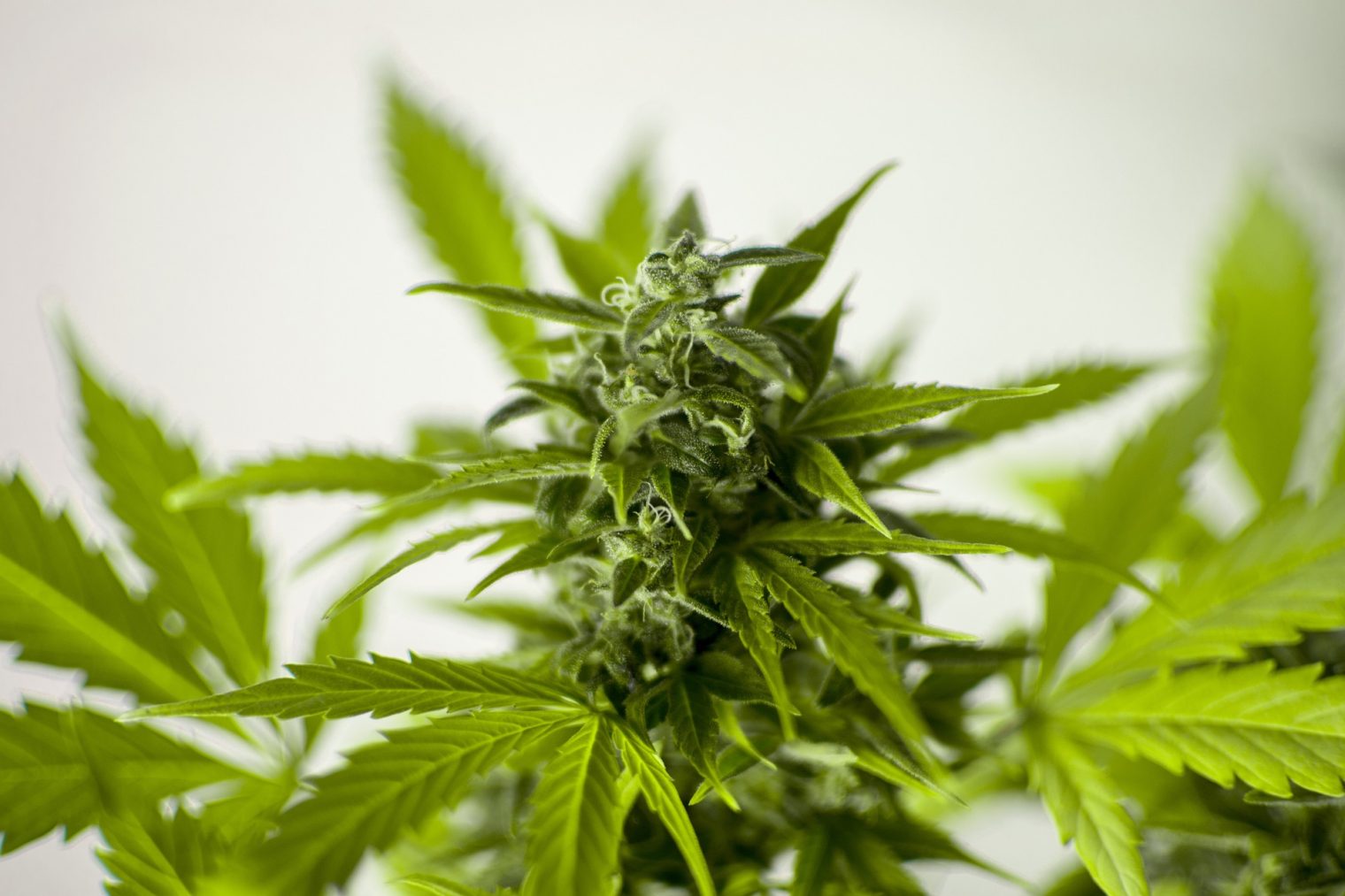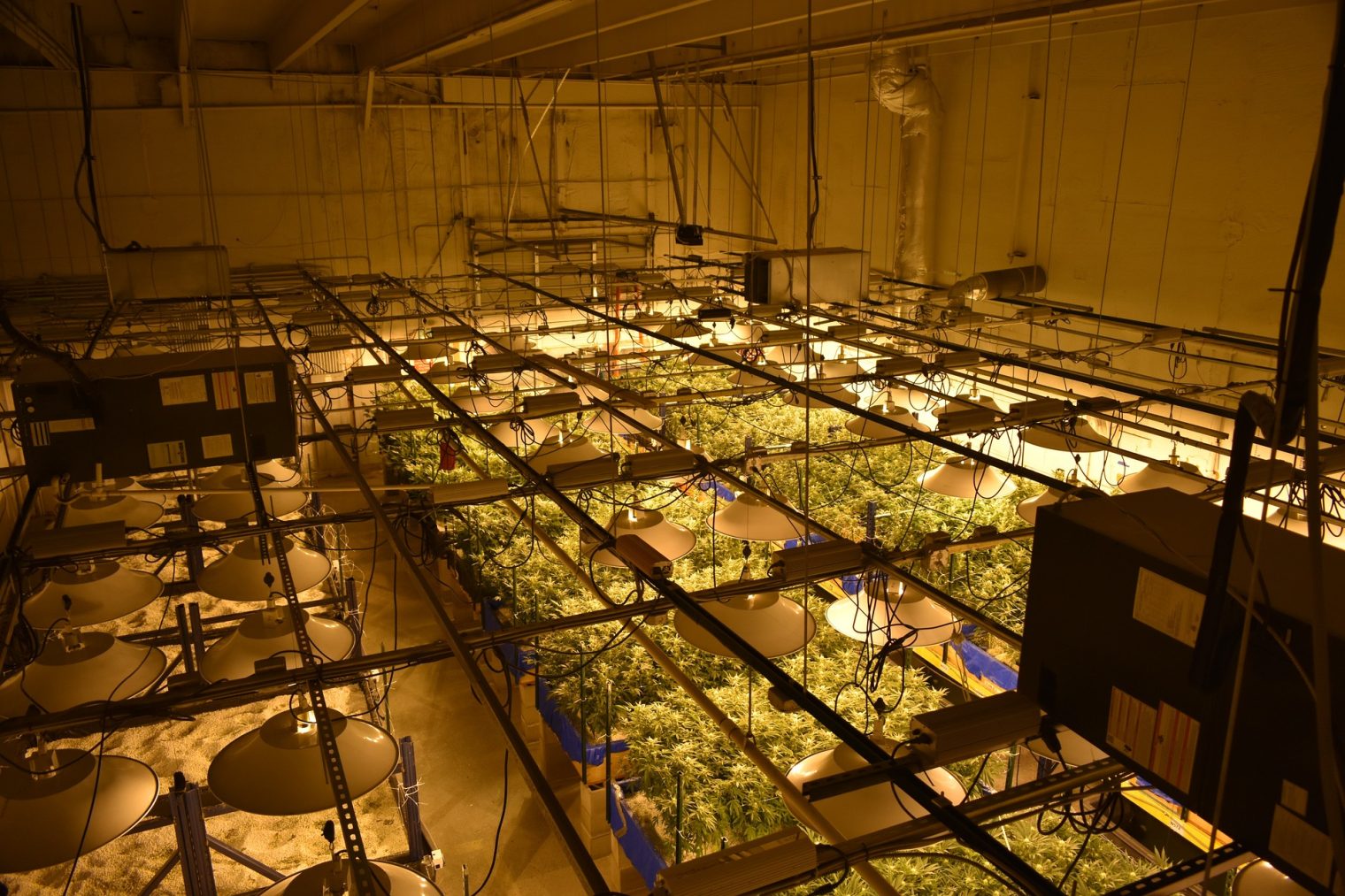 Cannabis
Cannabis
Table of Contents
Cannabis and sustainability are the Holy Grail of the weed industry. Growing cannabis has a big impact on our planet. It uses a lot of water, energy, and can harm the soil and air. But people want to make it better for the environment. There are new ways to grow cannabis that don’t hurt our planet as much.
One fact is interesting: Growing indoors can use 18 times more energy than traditional farming methods. This shows how important it is to change how we grow cannabis. Our blog will show you how growers are using less water, cleaner energy, and better farming practices to help the Earth.
You’ll see that making cannabis cultivation greener is possible.
Read on to learn more about cannabis and sustainability! Let’s do it!

Environmental Impact of Cannabis Cultivation
Cannabis cultivation has a significant environmental impact, including high water demand and potential pollution, concerns about air quality due to emissions from cultivation practices, energy demands contributing to the carbon footprint, and soil erosion alongside pollution.
These factors underline the importance of implementing sustainable practices in cannabis cultivation to mitigate environmental harm.
Water demand and pollution
Cultivating cannabis uses a lot of water, putting stress on local water sources. This high demand can lead to shortages, affecting both people and wildlife in the area. Farmers use fertilizers and pesticides that can run off into rivers and streams, polluting them.
This not only harms aquatic life but also affects the quality of drinking water for surrounding communities.
Efforts to reduce water usage include adopting efficient irrigation technologies and recycling wastewater. By focusing on sustainability, growers aim to minimize their environmental impact while maintaining productive cultivation practices.
Sustainable agriculture techniques are crucial for preserving water quality and ensuring that future generations have access to clean, safe water resources.
Air quality concerns
Cannabis cultivation can have an impact on air quality due to the release of volatile organic compounds (VOCs) from plants and fertilizers. These VOCs, when combined with other pollutants, can contribute to ground-level ozone formation and smog.
In addition, the energy demands of indoor cannabis cultivation operations often lead to increased emissions of greenhouse gases and particulate matter, impacting local air quality.
Implementing sustainable practices such as using LED lighting systems and improving ventilation can help minimize these air quality concerns while reducing energy consumption in cultivation facilities.
Incorporating carbon filtration systems and employing efficient odor control methods also play a crucial role in addressing air quality challenges associated with cannabis cultivation.
Energy demands and carbon footprint
Cannabis cultivation requires significant energy, contributing to its carbon footprint. Energy is utilized for indoor lighting, heating, ventilation, and air conditioning systems in grow facilities.
The reliance on traditional energy sources increases the environmental impact of cannabis production. Implementing renewable energy sources such as solar or wind power can significantly reduce the industry’s carbon footprint.
Additionally, investing in energy-efficient technologies and practices can further diminish the energy demands associated with cannabis cultivation.
Soil erosion and pollution
Soil erosion and pollution pose significant challenges in cannabis cultivation. Excessive tilling, monocropping, and inadequate land management contribute to soil erosion, leading to reduced fertility and productivity.
The use of chemical fertilizers and pesticides can further exacerbate the issue by contaminating the soil with harmful substances, impacting both plant health and surrounding ecosystems.
Implementing regenerative agricultural practices such as minimal tillage, diverse crop rotations, and cover cropping can mitigate soil erosion while promoting long-term soil health.
Additionally, adopting organic farming methods eliminates the use of synthetic chemicals that contribute to soil pollution. These sustainable approaches not only safeguard the environment but also enhance the resilience of cannabis cultivation systems for future generations.
Sustainable Practices in Cannabis Cultivation
Cannabis cultivation can embrace sustainable practices like reducing water usage, implementing organic growing methods, and proper waste management. To learn more about eco-friendly innovations in cannabis cultivation, dive into the article.
Reducing water usage
Cultivating cannabis typically requires substantial water usage, presenting a challenge to sustainability efforts. However, by integrating innovative techniques such as drip irrigation and hydroponics, growers can significantly decrease water consumption.
Utilizing drought-resistant strains and employing efficient watering schedules also contributes to conservation efforts and minimizes the strain on local water sources. Additionally, leveraging cutting-edge technologies like moisture sensors allows for precise monitoring of soil moisture levels, ensuring that plants receive just the right amount of hydration without waste.
Moving forward into the topic “Using renewable energy sources,” let’s explore how sustainable practices in cannabis cultivation extend beyond water conservation to encompass energy efficiency.
Using renewable energy sources
Cannabis cultivation can benefit from environmentally friendly practices, such as using renewable energy sources. Implementing solar or wind power can significantly reduce the carbon footprint associated with traditional energy consumption.
This innovative approach aligns with the industry’s commitment to sustainability and green technology. With a focus on alternative energy solutions, cannabis cultivation can embrace eco-friendly innovations while reducing reliance on non-renewable resources.
Moving forward in sustainable cannabis cultivation practices, an emphasis on using renewable energy is essential for minimizing environmental impact and promoting long-term ecological balance within the industry.
Implementing organic growing methods
Transitioning from sustainable energy sources, implementing organic growing methods is crucial in eco-friendly cannabis cultivation. Cultivators can employ natural fertilizers and pest control measures to maintain soil health and biodiversity.
Utilizing regenerative agriculture techniques such as crop rotation, cover crops, and minimal tillage helps build fertile soils and sequester carbon, promoting long-term sustainability.
By avoiding synthetic chemicals and genetically modified organisms, cannabis producers can contribute to a healthier ecosystem while meeting the increasing demand for environmentally friendly products in the hemp industry.

Proper waste management
Cannabis cultivation generates various types of waste, including plant material and packaging. Proper waste management is crucial to minimize environmental impact. Recycling green waste for composting can reduce landfill accumulation while providing nutrient-rich soil amendments for future crop cycles.
Implementing efficient recycling programs for packaging materials helps reduce overall waste, contributing to eco-friendly cannabis cultivation practices.
Moving on to the challenges in achieving eco-friendly cannabis cultivation…
Challenges in Achieving Eco-Friendly Cannabis Cultivation
Challenges in achieving eco-friendly cannabis cultivation include regulatory restrictions and limited access to resources. The high cost of sustainable practices also presents a significant barrier to widespread adoption.
Regulations and restrictions
Regulations and restrictions can present substantial barriers to environmentally friendly cannabis cultivation. Compliance with local, state, and federal laws often requires specific practices that may not align with sustainable methods.
Additionally, restrictions on water usage, pesticide application, waste disposal, and energy sources can limit the adoption of eco-friendly innovations in cultivation processes.
Furthermore, navigating through complex regulatory frameworks while striving for sustainability demands careful consideration and tailored strategies to succeed within these constraints.
Access to resources
Access to resources for sustainable cannabis cultivation can be a significant barrier for many growers. The upfront investment required for renewable energy systems, water-saving technologies, and organic growing methods can be prohibitive, particularly for small-scale operations.
Additionally, accessing the necessary expertise and information on eco-friendly practices may be challenging due to the relative novelty of sustainable cultivation in the cannabis industry.
As a result, efforts to promote widespread adoption of environmentally friendly techniques must also focus on providing accessible resources and support to cultivators across the board.
Furthermore, limited availability of affordable eco-friendly inputs such as sustainable fertilizers and pest management solutions poses another challenge. Without easy access to these essential resources at a reasonable cost, growers may struggle to adopt environmentally conscious practices fully.
High cost of sustainable practices
Sustainable cannabis cultivation practices often come with a high price tag, posing a significant challenge for growers. Implementing eco-friendly innovations such as renewable energy sources and organic growing methods requires substantial initial investment and ongoing operational costs.
The expense of transitioning to sustainable practices can be prohibitive for many cultivators, especially smaller businesses with limited financial resources. Moreover, the cost of adhering to environmental regulations further compounds the financial burden on cannabis growers striving to adopt eco-friendly cultivation methods.
The financial implications of embracing sustainable practices in cannabis cultivation are considerable. From investing in energy-efficient technologies to implementing waste reduction strategies, the expenses associated with eco-friendly innovations present a barrier for many growers looking to prioritize environmental stewardship alongside their business operations.
The Future of Sustainable Cannabis Cultivation
Innovative solutions are being researched and developed to achieve sustainable cannabis cultivation, fostering an industry-wide commitment to environmental sustainability. Take a closer look at the future of eco-friendly innovations in cultivation by reading more about it.
Research and development for innovative solutions
Research and development teams are actively pursuing innovative solutions to address the environmental impact of cannabis cultivation. Advancements in sustainable farming methods, energy-efficient technologies, and automation in cultivation processes are being explored.
Efforts focus on designing eco-friendly practices that reduce water usage, minimize carbon emissions, and promote ethical sourcing. The industry is committed to implementing these innovative solutions as part of a broader push toward environmentally friendly cultivation practices.
Industry-wide commitment to sustainability
The cannabis industry is witnessing an industry-wide commitment to sustainability with a focus on eco-friendly innovations and energy-efficient practices. Cultivators are embracing innovative farming methods and adopting eco-friendly cultivation approaches to reduce their environmental impact.
This widespread commitment underscores the industry’s dedication to implementing sustainable practices, collaborating with environmental organizations, and driving positive change within the realm of cannabis cultivation.
Collaboration with environmental organizations
Cannabis cultivators can greatly benefit from collaborating with environmental organizations. By working together, the industry and these groups can develop sustainable practices that reduce environmental impact.
This collaboration could involve sharing knowledge about eco-friendly technologies and methods, as well as promoting responsible cultivation techniques that prioritize conservation of resources and protection of the environment.
Additionally, such partnerships may lead to joint advocacy efforts for policies and regulations that support eco-friendly cannabis cultivation. Environmental organizations can offer guidance on best practices while also helping the industry navigate complex regulatory landscapes related to sustainability.
Cannabis and Sustainability for Growing
Eco-friendly innovations in cannabis and sustainability for cultivation emphasize practicality and efficiency. By implementing sustainable practices such as reducing water usage, using renewable energy sources, and proper waste management, significant improvements can be achieved.
These strategies are essential for preserving the environment and ensuring a greener future for cannabis cultivation. Explore additional resources to learn more about eco-friendly practices in the industry and take action today towards cannabis and sustainability in regards to cultivation.


